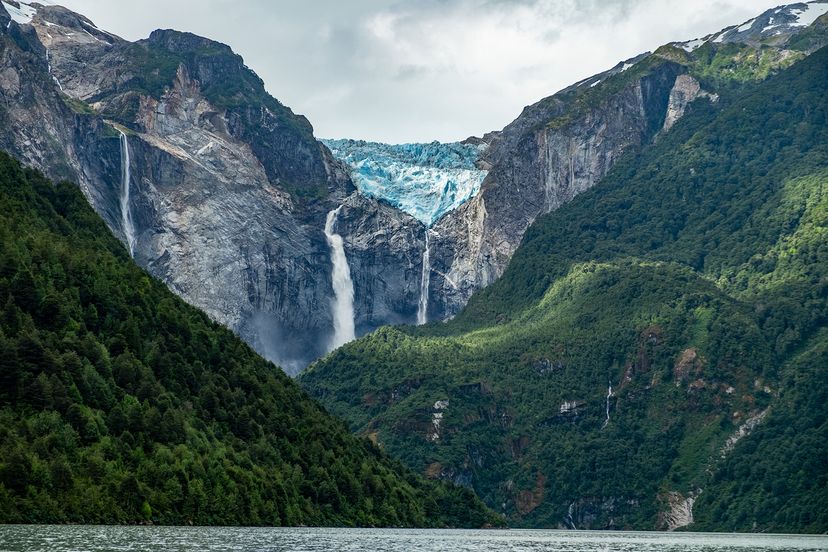Local weather change is considerably impacting the Andes, one of many world’s most ecologically very important mountain ranges. The implications are in depth, affecting glaciers, water assets, ecosystems agriculture and native communities.
“
Christine Phillips / Getty Pictures
One of the putting results is the speedy retreat of glaciers attributable to rising temperatures. In Peru, glaciers have misplaced practically 40 p.c of their floor space in latest a long time. This threatens the water provide for thousands and thousands who rely on glacial meltwater for ingesting, irrigation and hydroelectric energy.
As glaciers retreat, the seasonal movement of water is disrupted. Initially, elevated meltwater boosts river movement, however as glaciers diminish, water availability drops, resulting in potential shortages.
That is particularly troubling for arid areas within the central Andes, the place rivers like Peru’s Santa River rely closely on glacial meltwater.
Affect on Ecosystems
Local weather change can be reshaping ecosystems all through the Andes. Warming temperatures and shifting precipitation patterns are pushing vegetation zones increased, threatening high-altitude Polylepis forests and different species.
Modifications in temperature and moisture additionally affect the biodiversity of cloud forests and paramo ecosystems, which host many endemic species.
Altered rainfall and temperature patterns additionally have an effect on crop yields and threaten conventional crops like potatoes, quinoa and maize. Farmers more and more grapple with unpredictable frosts, droughts and pest outbreaks, jeopardizing meals safety and livelihoods.
Native communities, lots of that are Indigenous, are significantly weak to those adjustments. They typically depend on pure assets for his or her sustenance and cultural practices. As water shortage rises and agricultural productiveness falls, meals and water safety are in danger.
Local weather change can be linked to extra frequent and extreme excessive climate occasions, comparable to heavy rainfall, floods and landslides. These occasions could cause important infrastructure injury, disrupt transportation and pose severe security dangers to communities.
Conservation Efforts
Defending and restoring ecosystems can assist buffer the impacts of local weather change. Initiatives like reforestation — the place native tree species are planted to revive degraded lands — are essential. These timber assist stabilize soil, sequester carbon and supply habitats for wildlife.
Sustainable agriculture practices, comparable to agroforestry, crop diversification and natural farming, intention to boost soil well being, scale back dependency on chemical inputs and improve resilience to local weather variability.
The creation of protected areas, together with nationwide parks and reserves, goals to protect biodiversity hotspots and keep essential ecosystem providers like water purification, carbon storage and local weather regulation. Increasing the community of protected areas within the Andes can safeguard crucial habitats for endangered species and supply corridors for wildlife migration.
Collaborative efforts between governments, NGOs and native communities are very important. Applications like Funds for Ecosystem Providers (PES) present monetary incentives to landowners and farmers who undertake conservation practices, guaranteeing that environmental advantages are additionally economically viable.
Implementing early warning techniques and local weather adaptation plans helps communities put together for and reply to excessive climate occasions, decreasing vulnerability and enhancing resilience.
This text was written along with AI know-how, then fact-checked and edited by a HowStuffWorks editor.
